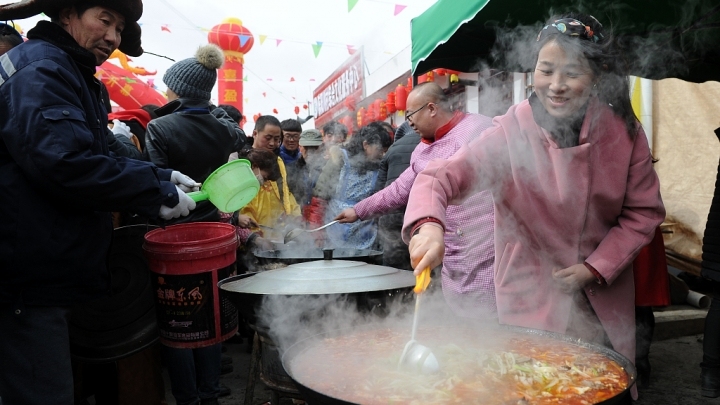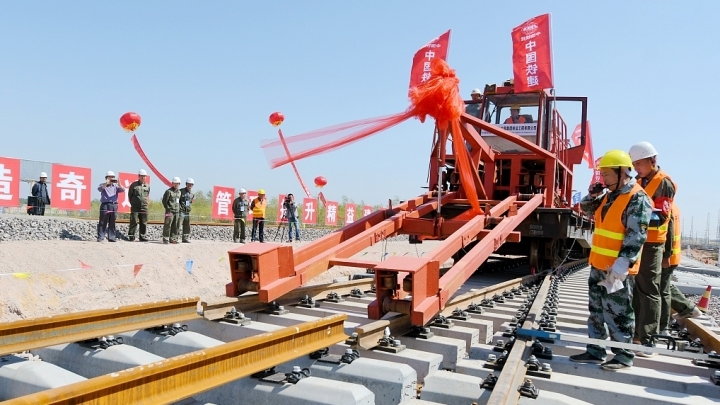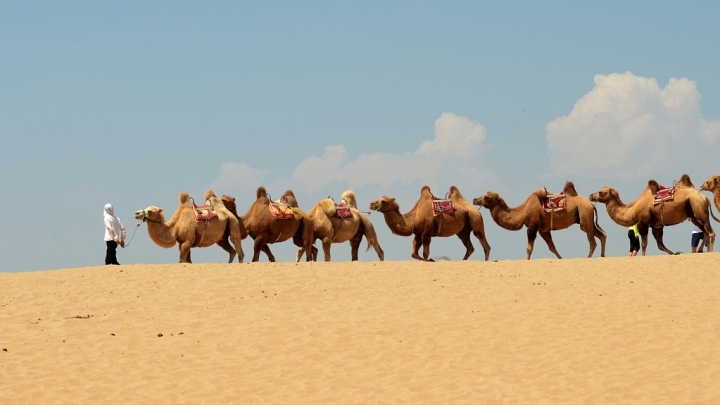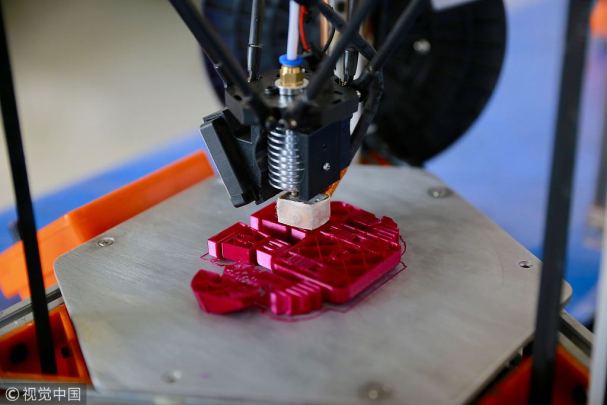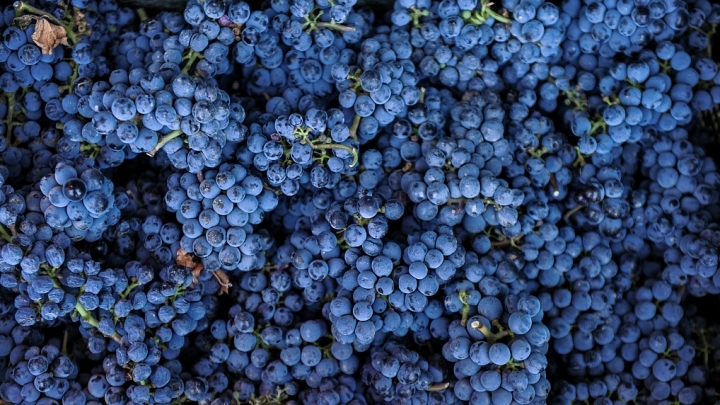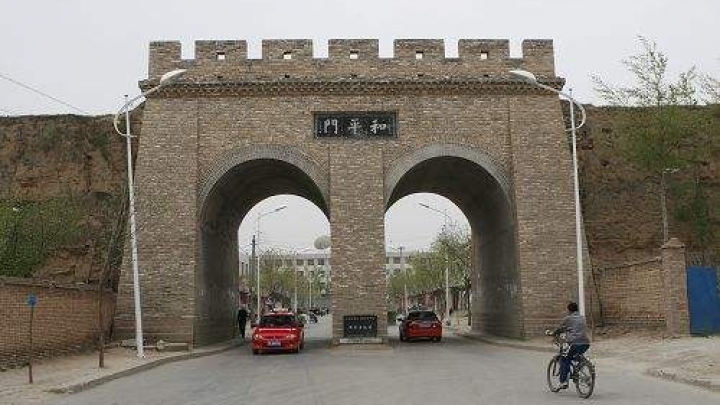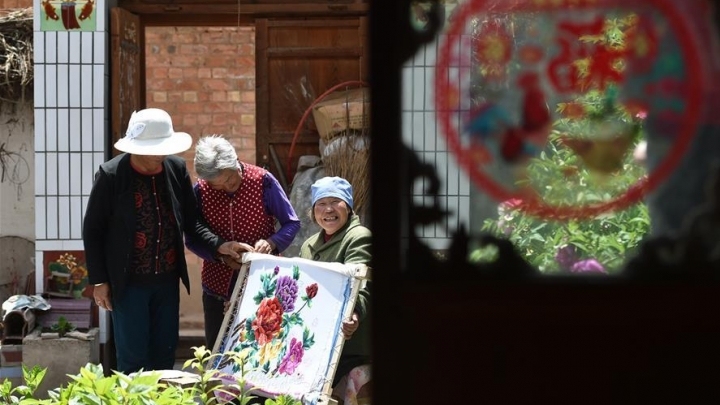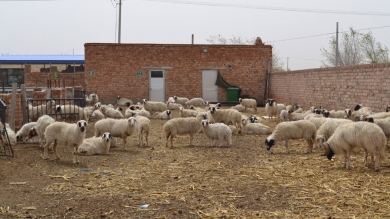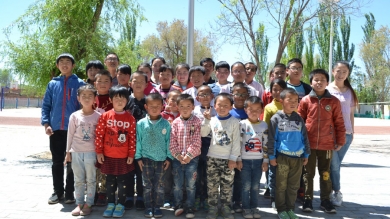China Plus Reports
Ningxia has seen fruitful results in poverty alleviation
Some areas in northwest China's Ningxia are recognized as "some of the least habitable areas for human beings". The region has seen rapid development over the past six decades thanks to efforts of local government and residents.
Officials briefed media 60 years of development of Ningxia Hui Autonomous Region
2018 marks the 60th anniversary of the founding of the Ningxia Hui Autonomous Region. On August 30th, local officials of the Ningxia Hui autonomous region briefed media on the development of the region over the past 60 years at a press conference held by the State Council Information Office.
Ningxia accelerates long-term and sustainable development of tourism industry
2018 marks the sixtieth anniversary of the establishment of the Ningxia Hui Autonomous Region. Over the past six decades, Ningxia has become a leading player of the country in the new energy, agriculture, wine-making, and tourism industries.
3D printing of casting pattern leads the industrial transformation in Ningxia
Thanks to the spread of 3D printing technology, a revolution is taking place in the industrial casting industry in Ningxia Hui autonomous region.
Viticulture and wine-making industry boosts economy of Ningxia
The Helan Mountain along the border of Inner Mongolia's Alxa League and Ningxia, is reputed as "one of the most suitable places to grow grapes and brew wine worldwide". Thanks to its high altitude, minimal rainfall, and abundant sunshine, a strong viticulture and wine-making industry has developed over the past thirty years in the Ningxia Hui Autonomous Region.
15-year vocation of seeking hometown in memory reveals the past of Guyuan
To commemorate Guyuan in which he grew up and had many memorable experiences, Tang Yongxiang decided to make an exact replica in brick including the ancient Guyuan Great Wall.
Ningxia government leverages on culture to alleviate local poverty
Ningxia Hui Autonomous Region in northwest China is one of the poorest areas of the country.
Nine local counties, which account for nearly half of the region, are recognized by the central government in Beijing as being poverty-stricken.
Tan sheep industry lifts Ningxia village out of poverty
Ma'erzhuang Village of Yanchi County now has earned a reputation for the Tan sheep industry.
Village in Ningxia benefits from national education poverty alleviation policy
Helping children in poor areas to receive high-quality education has been highlighted especially by Chinese President Xi Jinping.
